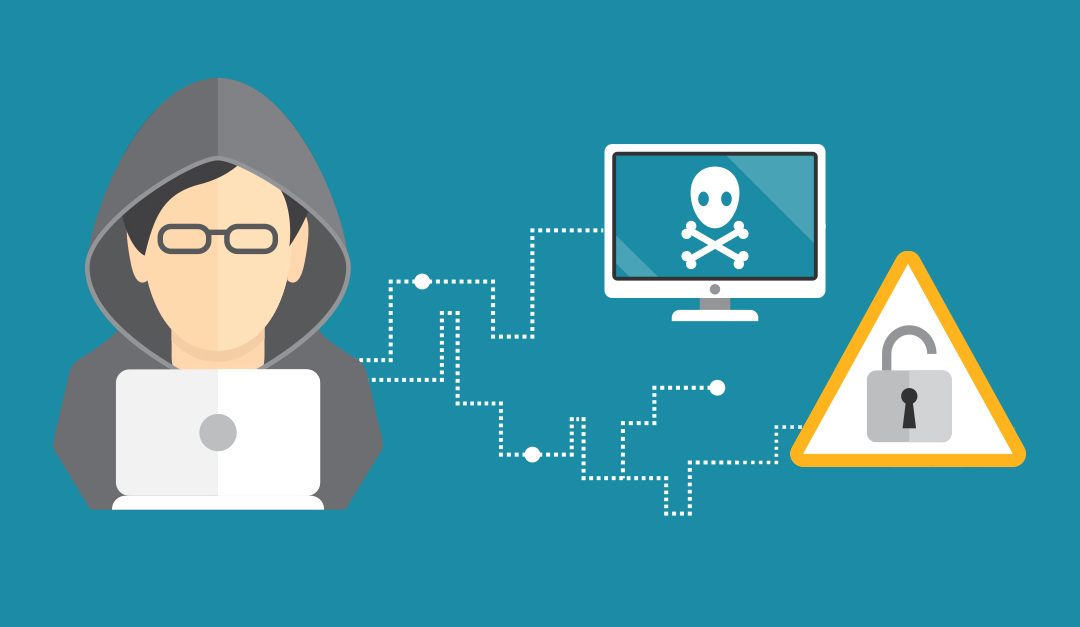3 Safeguards to Include in a Cyber Attack Prevention Plan
In late September, Facebook announced that a data breach exposed personal data and information of 50 million users after hackers broke in through three software flaws. But Facebook is just the latest of some major cyber attacks that have taken place over the last several years. Yahoo, Target, Equifax, and Home Depot have all suffered data breaches where their customers’ personal data like credit card information had been stolen.
With data breaches becoming a part of every day life, it may not even invoke a feeling of shock or surprise when the latest one hits the news.
But as a business owner, the thought of your own company being hacked may keep you up at night.
What if you can’t protect your customers’ information? What would you tell them if a data breach occurred? Would you be able to survive the fall out?
While it certainly isn’t easy to put the cat back in the bag once it’s out, there are ways to protect your customer data from the get-go, starting with a cyber attack prevention plan.
What is a Cyber Attack Prevention Plan?
Hackers prey on companies that do very little to secure their business and customer data. For example, do you know what you should do if you notice suspicious access to your business accounts?
A cyber attack prevention plan includes security best practices and strategies to protect your business, your customers, and yourself from hackers. Here are three components you should absolutely have in your cyber attack prevention plan:
1. Use Two-Factor Authentication for Access
Let’s go back to that question about suspicious or unauthorized access to your business accounts. Instead of scrambling for a solution after the fact, implement a two-factor authentication process for yourself and your employees. This additional step in accessing accounts adds a deeper level of security to keep hackers out.
In the case that hackers get through two-step authentication, focus on identifying the threat as quickly as possible. Use antivirus and other security software to help you find and remove the threats trying to access information.
2. Hire a Data Security Officer
As your business grows, you won’t be able to be the watchdog at all hours of the day and night. Hire a data security expert to your team to implement security risk assessments, stay on top of best practices, and combat security threats.
If hiring a full-time security expert isn’t possible just yet, the next best thing is to use a security consulting firm that can do security audits on a regular basis to ensure your business and customer data is safe and sound.
3. Invest in an Insurance Policy
Even when you do everything right, an unlikely cyber attack could still catch you off guard. If this happens, you don’t want to be left on your own to handle the mess. Instead, invest in an insurance policy that protects against cyber attacks and hackers. Even if you never have to use it, having it can bring a lot of peace of mind so you can focus on your core responsibilities in running a business.
EMS Works to Help Your Business Run Securely and Efficiently
Electronic Merchant Services (EMS) cares about the success of your business and the safety of your customer data. We provide credit card processing and merchant services and technology that make it easy and secure to do business. When thinking about data security, make sure EMS is part of your cyber attack prevention plan.
Call (888) 672-3490 or contact us today to learn more.

